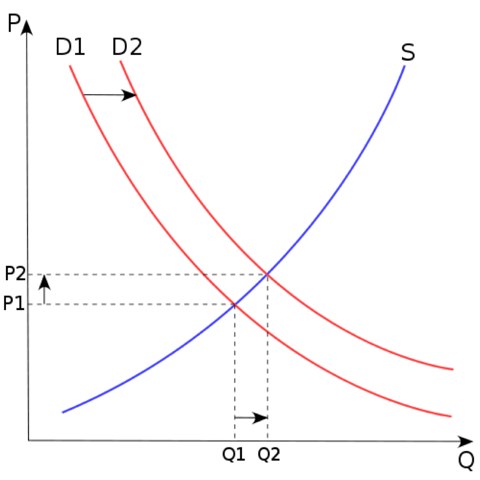0. Do we really need to meet?
1. Schedule a start, not an end to your meeting – its over when its over, even if that’s just 5 minutes.
2. Be on time!
3. No multi-tasking … no device usage unless necessary for meeting
4. If you’re not getting anything out of the meeting, leave
5. Meetings are not for information sharing – that should be done before the meeting via email and/or agenda
6. Who really needs to be at this meeting?
7. Agree to action items, if any, at the conclusion of the meeting
8. Don’t feel bad about calling people out on any of the above; it’s the right thing to do.
9. Do standup meeting instead of sitting down
Read more at http://venturebeat.com/2013/01/22/8-unusual-rules-for-meetings


